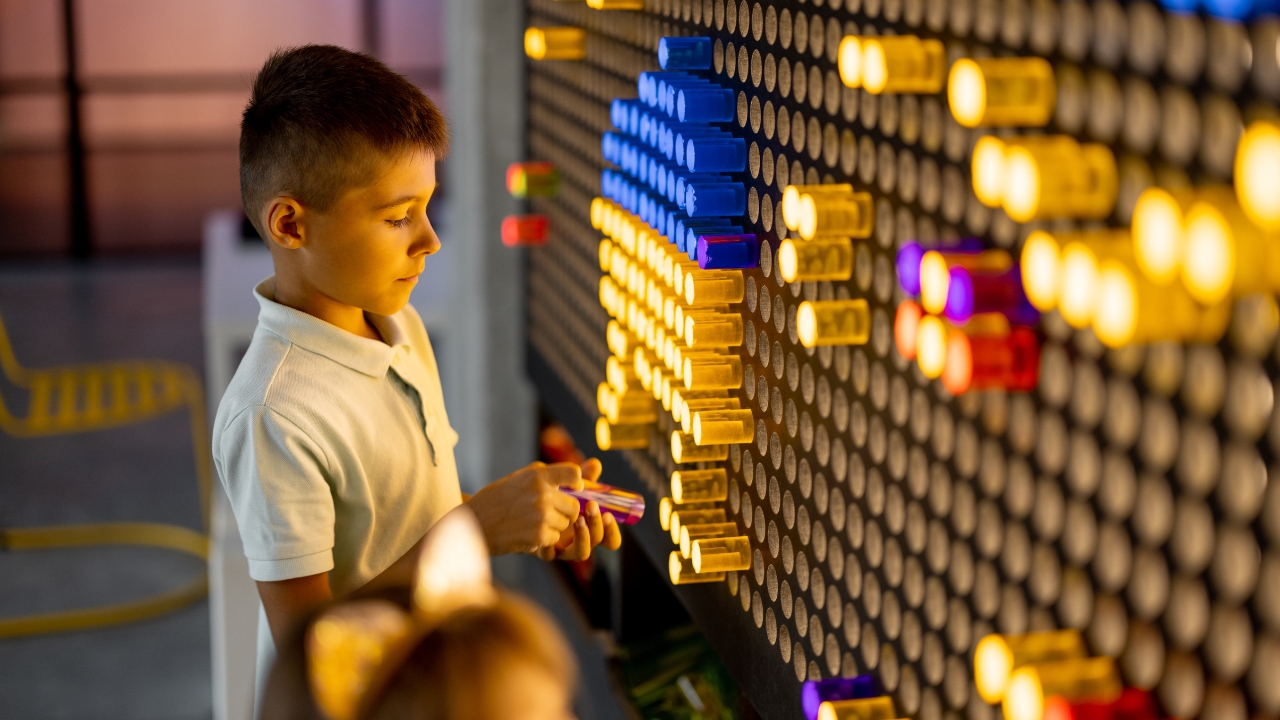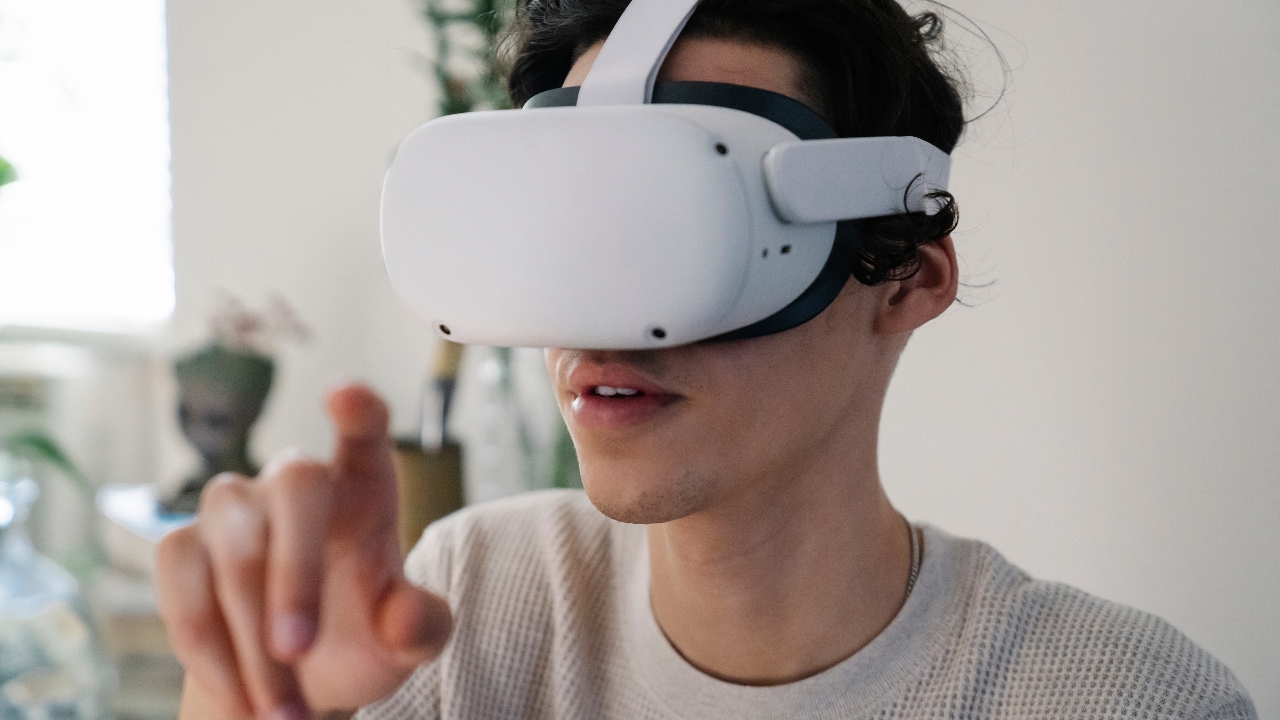
Classical art has gone out of fashion, whether you like it or not, and currently not only what is known as modern art has arrived, technology has also contributed its bit to this art, and when art and technology, especially electronics, merge, then what we know as is born interactive art that can currently be seen in some specialized galleries or that many makers or DIY lovers can make in their own homes.
If you still did not know this type of art, here we are going to make a presentation about it, and everything you should know, since with all the information in this blog, you too can become an amateur artist using tools like 3D printing, development boards like Arduino, as well as a multitude of Electronic components such as RGB LEDs, screens, etc.
What is interactive art?
Interactive art is a form of art that involves interaction between the viewer and the work of art, and for this we need the help of technology to make it possible. Unlike traditional art, where the viewer is a passive observer, in interactive art, the viewer becomes an active participant. The artwork can change and evolve in response to the viewer's actions, therefore it is more dynamic and allows for more interpretations.
It can take many forms, from physical installations that respond to the viewer's movement, to digital artworks that change in response to the user's actions on an interface such as screens. And, like other mainstream art, it can be experiential, immersive, and often invites reflection on our relationship with technology and the world around us. Furthermore, the works can also be classified according to the same types that encompass the rest of art, as long as they comply with the premise that I explained in the previous section, and that interactivity.
Differences with conventional art
interactive art differs from conventional art in several aspects clue. First, the former is inherently participatory. While conventional is often enjoyed passively, it does not require interaction with the work. Secondly, interactive art often incorporates technology, something that is not used in conventional art. This can include using sensors to detect viewer movement, software to generate images or sounds in response to user interaction, buttons, lights, and even virtual or augmented reality to create immersive experiences.
That is to say, this new art that is not very well known, but that little by little is making its way, The idea that we all have of a “work of art” is changing.. They are no longer paintings, they are no longer sculptures or fixed physical objects, now they can be dynamic and changing systems. Furthermore, with the proliferation of AI, it could provide a new dimension, and could even generate a different output for each viewer, so we would have very personalized art, or one that would even change for the same viewer every time they interact with the work. artistic.
What do I need to create this type of art?
To start creating this new art, you don't need to have an artistic gift, since it is not difficult to do and anyone can be an artist. You can let your imagination and creativity flow and a multitude of works can come out of it that you can show to others or to decorate your home, office, etc. To do this, you have to gather a series of requirements and tips:
- Choose the correct concept: Before starting, it is important to identify a concept that resonates with you, something that inspires you or that can represent what you want to express. It can be something of personal interest, to denounce a social problem, an abstract idea, etc. The limit is your imagination.
- Gather the materials: Next, consider what materials and technology you will need to be able to represent the idea that came from the first point. This could include sensors to detect motion, RGB LED lights that change color, a development board like an Arduino so you can move motors, turn lights on or off, etc. depending on what you need. Additionally, you will also need the pieces or media to represent the work itself, not just the underlying technology. For example, you might need structures, panels, objects, drawings, 3D printed parts, etc. Obviously, take into account the budget you need for your work, and make sure it does not exceed your financial capabilities. Of course, also take into account if you have the necessary space and that everything you want to do is feasible.
- Design and create your interactive work of art: Once you have your concept and your materials, you can start designing and creating your artwork. This could involve programming software, building physical components, or creating digital content, 3D printing, etc. It is possible that some things you have thought about are not possible to carry out in practice, or at least not as you thought, which is why it is important to improvise, and make appropriate improvements or modifications as you go.
- Test and refine the result: unlike conventional art, such as a sculpture or a canvas, in this type of art the work can even continue to evolve, such as modifications or updates to the source code, incorporation of new technologies that allow something to be done better. way than before, expand functions or interactivity, fix possible technical problems, make repairs if necessary, etc.
Examples
There are many examples interactive art. However, there are some notable projects that you should know about:
- The Treachery of Sanctuary by Chris Milk- This is an interactive art installation that uses motion tracking technology to allow viewers to interact with large projected silhouettes of themselves. As viewers move their bodies, the silhouettes respond in surprising and sometimes surreal ways.
- Rain Room by Random International: Visitors can walk through a “rain” of water that stops wherever it detects a human body. It is an immersive experience that plays with our expectations and perceptions of what is possible.
- Dune by Daan Roosegaarde: a landscape consisting of hundreds of fibers that glow with light and sound in response to tactile and sound stimuli. Create an interactive experience that is both visually stunning and pleasing to the touch.
Would you dare to do something like that? Take advantage of all Hwlibre's knowledge to make your proposals and don't forget to comment, all interactive art projects are welcome...
